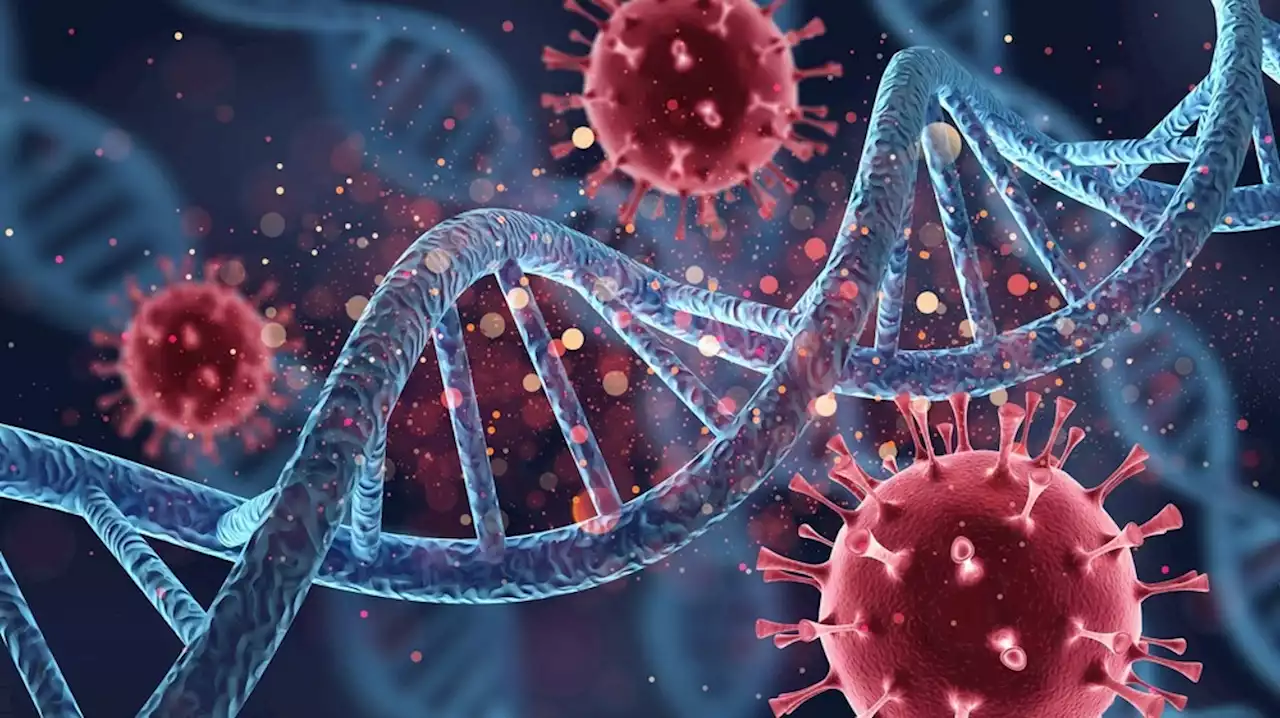How SARS-CoV-2 immune responses vary by population due to environmental and genetic factors Coronavirus Disease COVID Genetics Environmental SARSCoV2 biorxivpreprint HKUniversity RockefellerUniv ugent waynestate institutpasteur
By Neha MathurNov 28 2022Reviewed by Benedette Cuffari, M.Sc. Severe acute respiratory syndrome coronavirus 2 -infected individuals display a wide range of clinical variations, from asymptomatic infection to lethal disease. In a recent study published on the bioRxiv* preprint server, and international team of researchers investigated the genetic, immunological, and evolutionary factors that determine the vast variability observed in clinical manifestations of the coronavirus disease 2019 .
For example, in East Asians, strong genetic adaptations starting about 25,000 years ago have been reported against multiple human coronavirus-interacting proteins. Furthermore, many examples of human adaptation to ribonucleic acid viruses as a source of population genetic differentiation have also been published.
The researchers also explored the contribution of natural selection to population differentiation of immune responses. To this end, they searched for overlaps between eQTLs or reQTLs and genome-wide signals of local adaptation that were measured by the population branch statistic . Study findings Genetics & Genomics eBook Compilation of the top interviews, articles, and news in the last year. Download a copy today Cellular proportions that varied due to environmental exposures were the primary drivers of population differences in SARS-CoV-2 immune responses.
GBP7 also regulates IFN-γ-induced oxidative host defense conferring resistance to intracellular bacteria, such as Listeria monocytogenes and Mycobacterium tuberculosis, thereby providing a feasible mechanism for positive selection at this gene locus.
United Kingdom Latest News, United Kingdom Headlines
Similar News:You can also read news stories similar to this one that we have collected from other news sources.
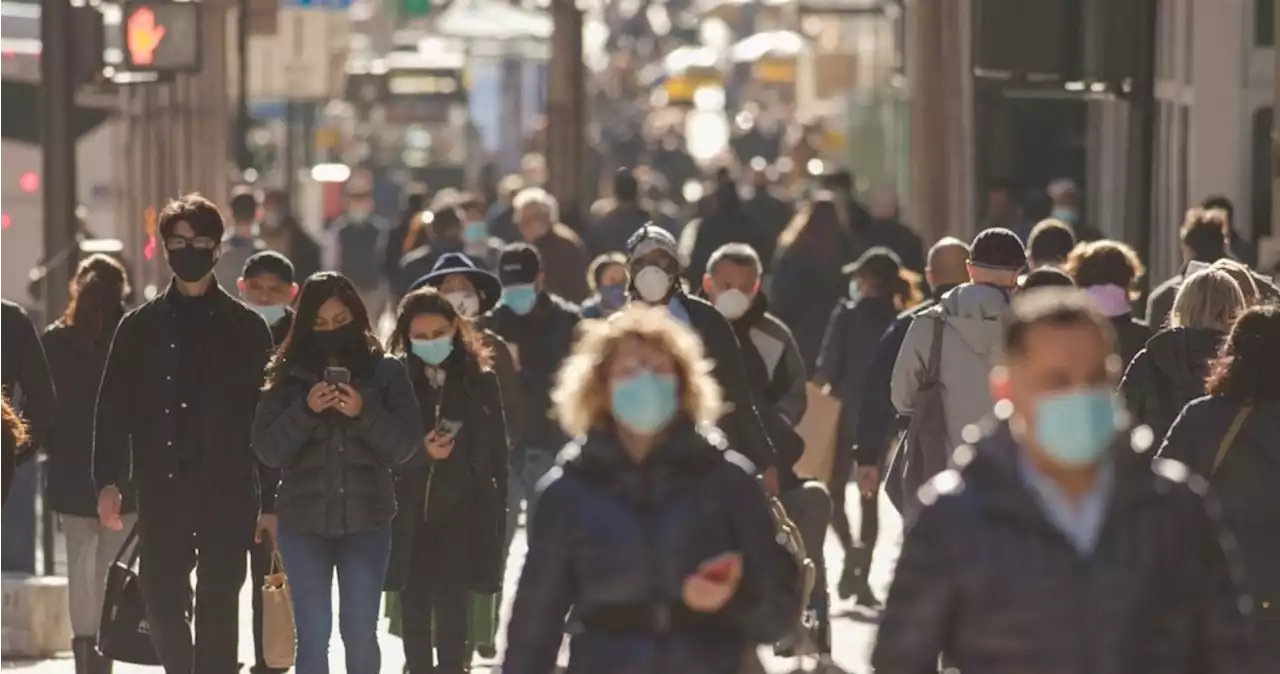 An analysis of COVID-19's dynamics, its impact on various age groups, anti-vaxxers and re-infectionAn analysis of COVID-19's dynamics, its impact on various age groups, anti-vaxxers and re-infection Coronavirus Disease COVID SARSCoV2 SciReports UMich MIT
An analysis of COVID-19's dynamics, its impact on various age groups, anti-vaxxers and re-infectionAn analysis of COVID-19's dynamics, its impact on various age groups, anti-vaxxers and re-infection Coronavirus Disease COVID SARSCoV2 SciReports UMich MIT
Read more »
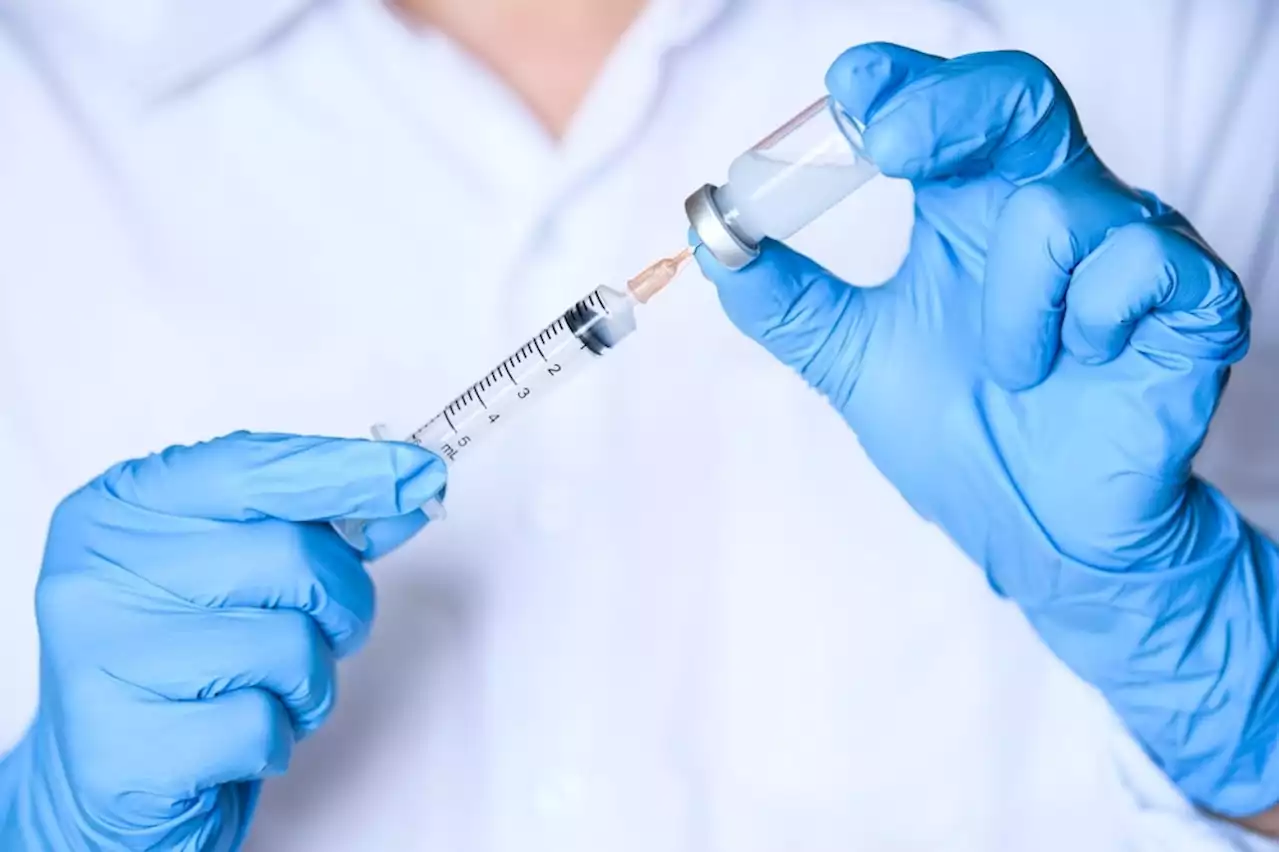 Could mRNA vaccines triumph over other viral infections in humans and domestic animals?Could mRNA vaccines triumph over other viral infections in humans and domestic animals? MessengerRNA mRNA Vaccine Coronavirus Disease COVID FU_Berlin CityUHongKong UTKnoxville CUBoulder
Could mRNA vaccines triumph over other viral infections in humans and domestic animals?Could mRNA vaccines triumph over other viral infections in humans and domestic animals? MessengerRNA mRNA Vaccine Coronavirus Disease COVID FU_Berlin CityUHongKong UTKnoxville CUBoulder
Read more »
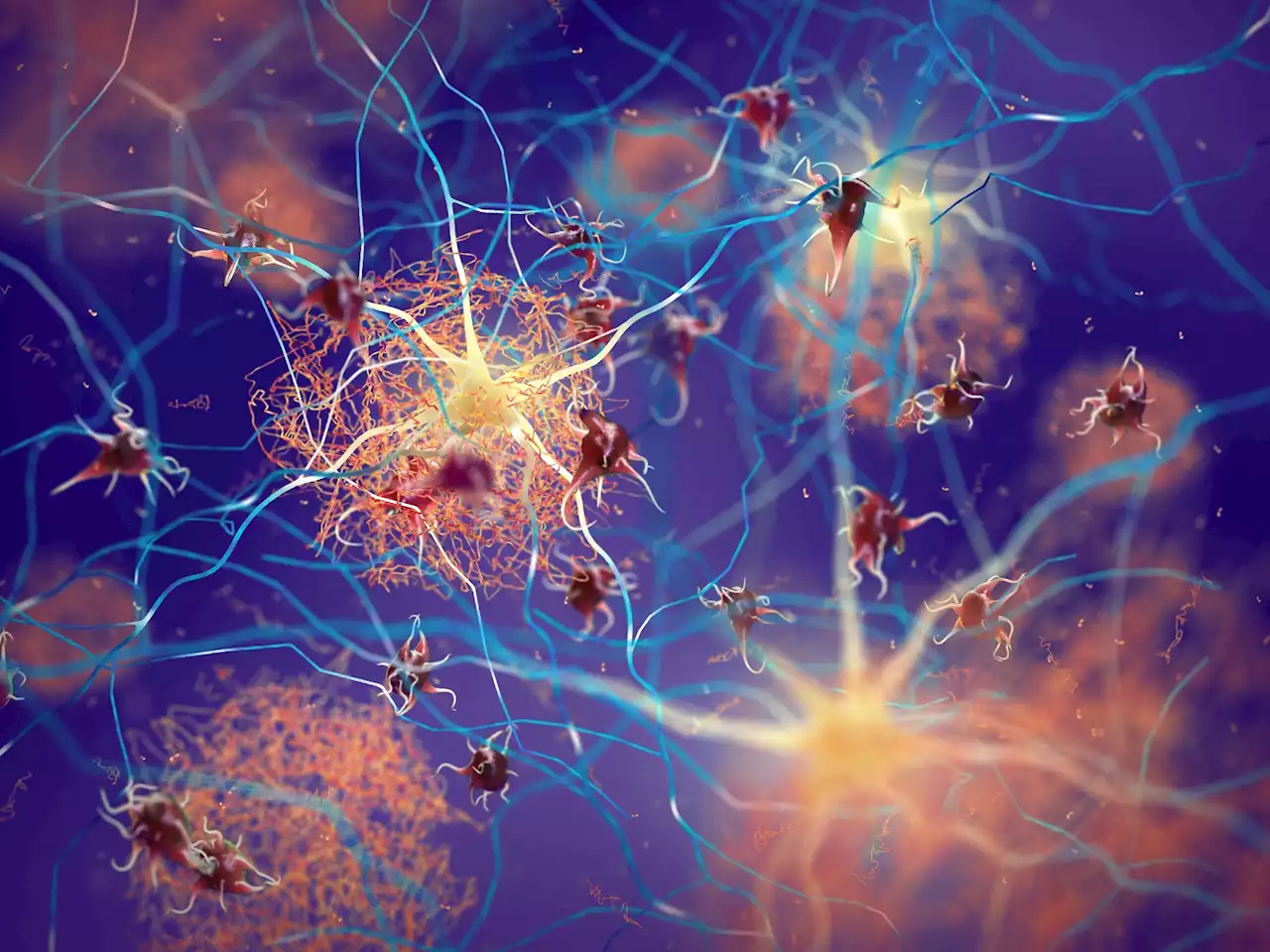 Molecular and cellular similarities identified in the brains of SARS-CoV-2 and Alzheimer's disease patientsResearchers evaluated neuro-pathophysiological consequences of severe acute respiratory syndrome coronavirus 2 (SARS-CoV-2) infection, especially the post-acute sequelae of SARS-CoV-2 (PASC) in Alzheimer’s disease (AD) patients.
Molecular and cellular similarities identified in the brains of SARS-CoV-2 and Alzheimer's disease patientsResearchers evaluated neuro-pathophysiological consequences of severe acute respiratory syndrome coronavirus 2 (SARS-CoV-2) infection, especially the post-acute sequelae of SARS-CoV-2 (PASC) in Alzheimer’s disease (AD) patients.
Read more »
 Nanoparticles displaying SARS-CoV-1 and SARS-CoV-2 spikes induce broad antibody responses in animal modelNanoparticles displaying SARS-CoV-1 and SARS-CoV-2 spikes induce broad antibody responses in animal model Antibody Nanoparticles SARS SARSCoV2 Coronavirus Disease COVID iScience_CP UW WeillCornell UvA_Amsterdam scrippsresearch
Nanoparticles displaying SARS-CoV-1 and SARS-CoV-2 spikes induce broad antibody responses in animal modelNanoparticles displaying SARS-CoV-1 and SARS-CoV-2 spikes induce broad antibody responses in animal model Antibody Nanoparticles SARS SARSCoV2 Coronavirus Disease COVID iScience_CP UW WeillCornell UvA_Amsterdam scrippsresearch
Read more »
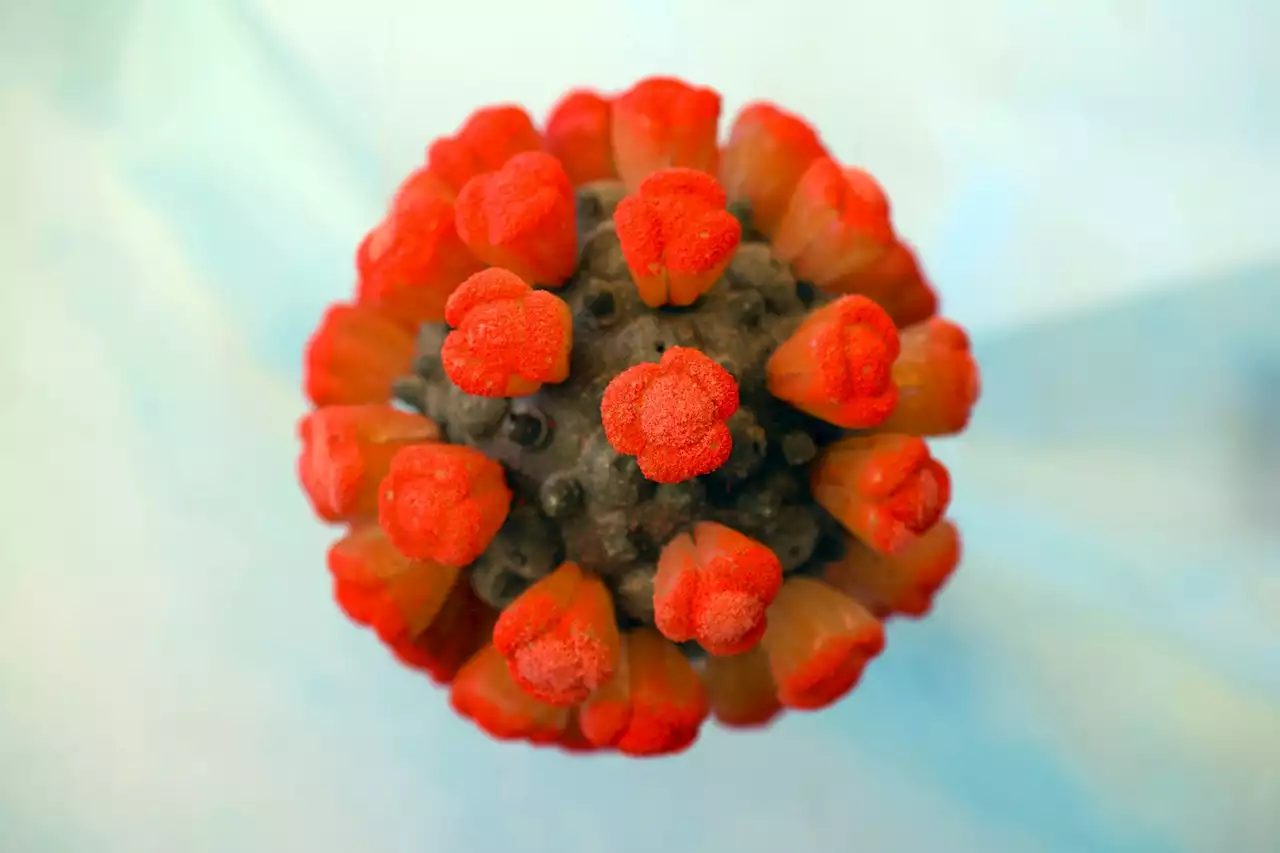 Cryo-electron tomography helps visualize platelet deformation due to SARS-CoV-2 spike proteinResearchers used cellular cryo-electron tomography (cryo-ET) to demonstrate the role of severe acute respiratory syndrome coronavirus 2 (SARS-CoV-2) spike (S) protein in coronavirus disease 2019 (COVID-19)-triggered severe coagulopathies.
Cryo-electron tomography helps visualize platelet deformation due to SARS-CoV-2 spike proteinResearchers used cellular cryo-electron tomography (cryo-ET) to demonstrate the role of severe acute respiratory syndrome coronavirus 2 (SARS-CoV-2) spike (S) protein in coronavirus disease 2019 (COVID-19)-triggered severe coagulopathies.
Read more »
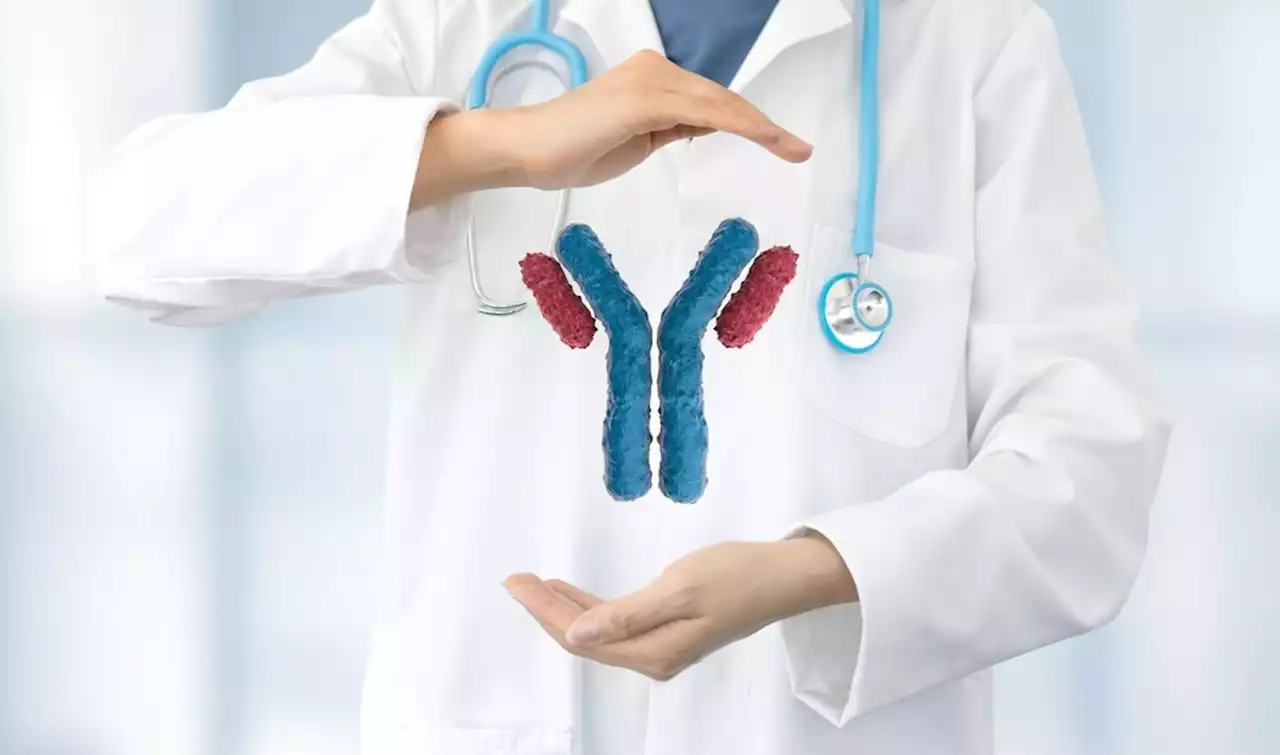 Isolated monoclonal antibodies targeting SARS-CoV-2 S1/S2 cleavage effective against Delta and OmicronIsolated monoclonal antibodies targeting SARS-CoV-2 S1/S2 cleavage effective against Delta and Omicron Antibodies Coronavirus Disease COVID Delta Omicron SARSCoV2 SciReports UTokyo_News OsakaU_Research gunma_uni_ad
Isolated monoclonal antibodies targeting SARS-CoV-2 S1/S2 cleavage effective against Delta and OmicronIsolated monoclonal antibodies targeting SARS-CoV-2 S1/S2 cleavage effective against Delta and Omicron Antibodies Coronavirus Disease COVID Delta Omicron SARSCoV2 SciReports UTokyo_News OsakaU_Research gunma_uni_ad
Read more »
